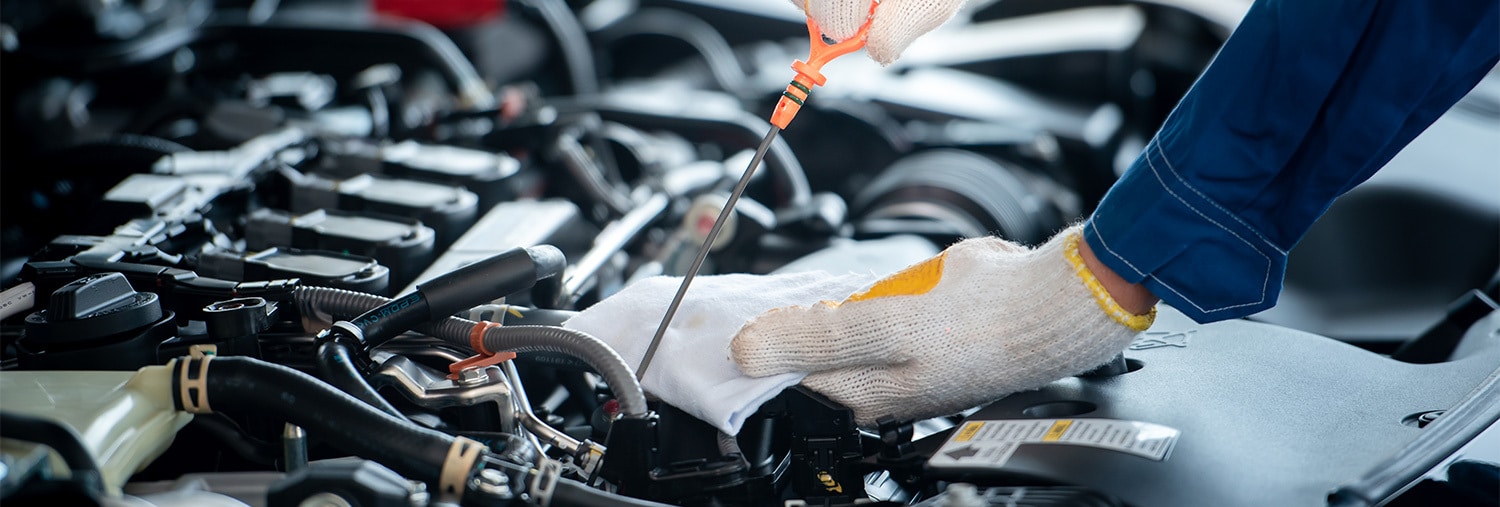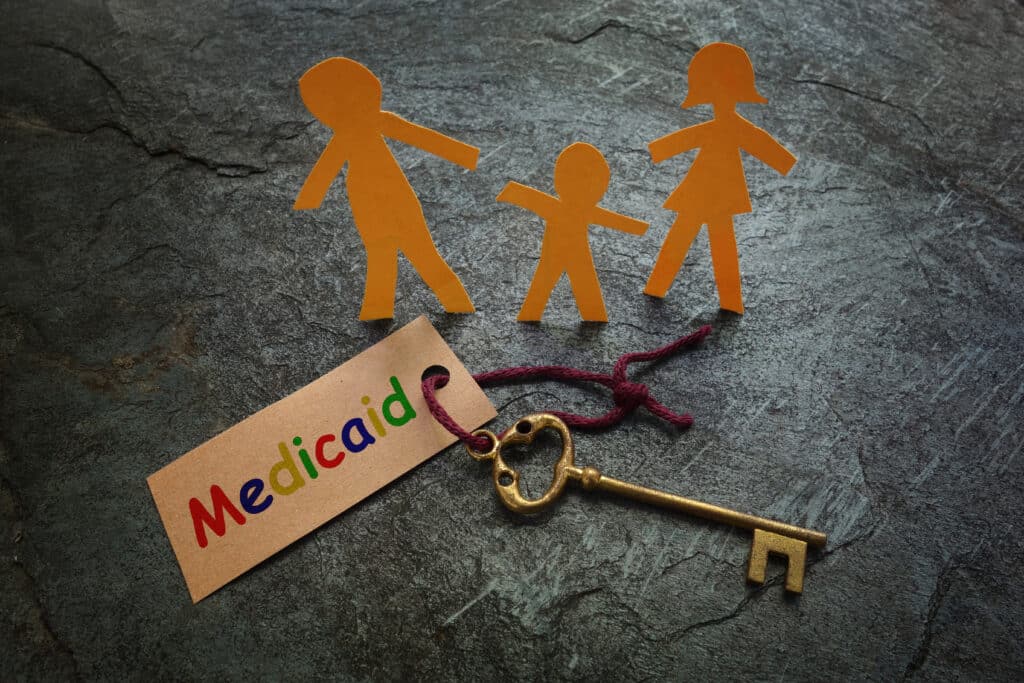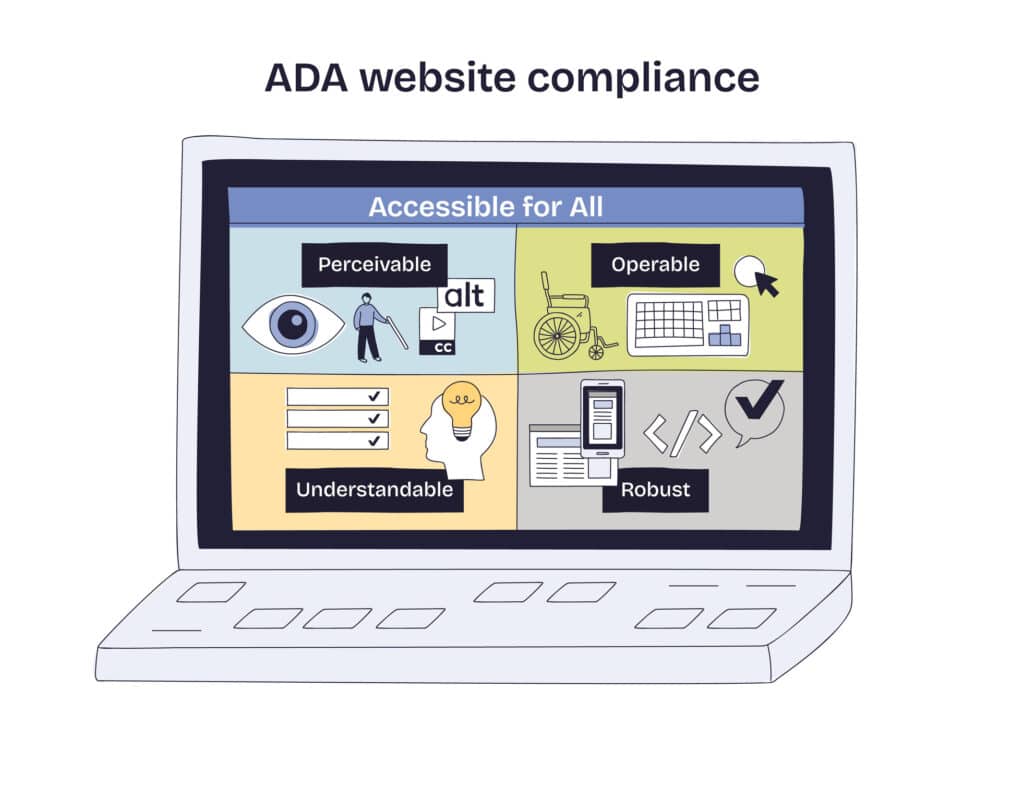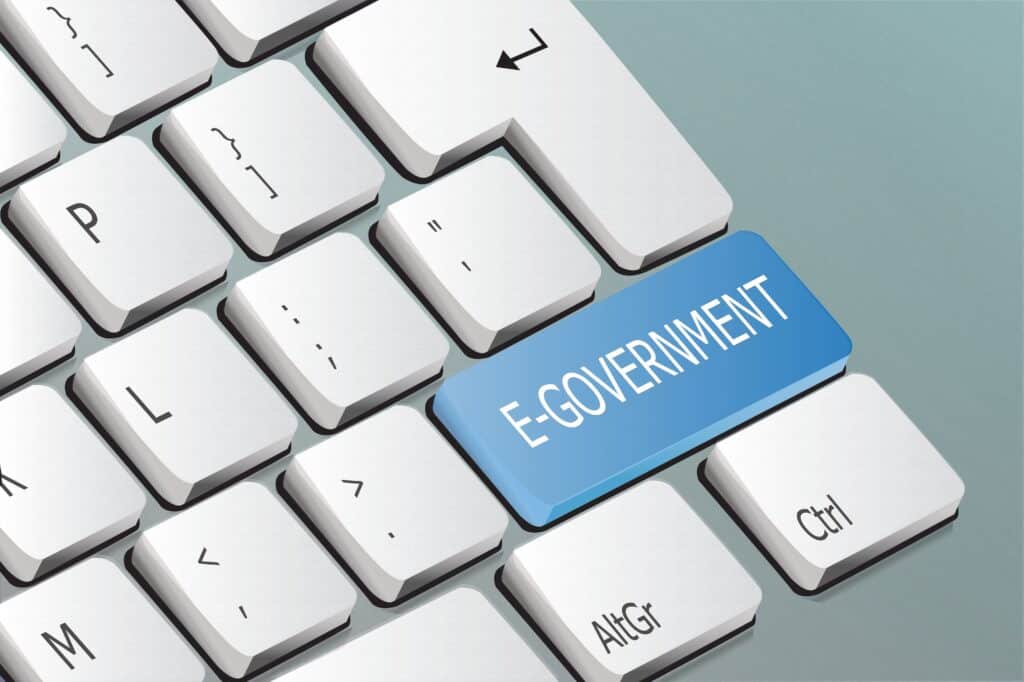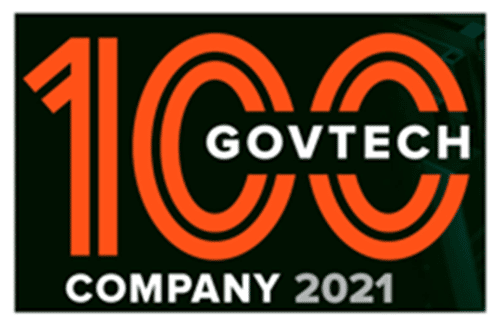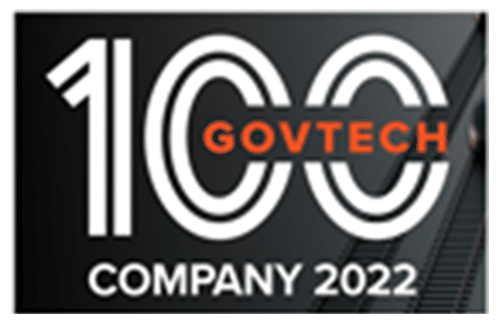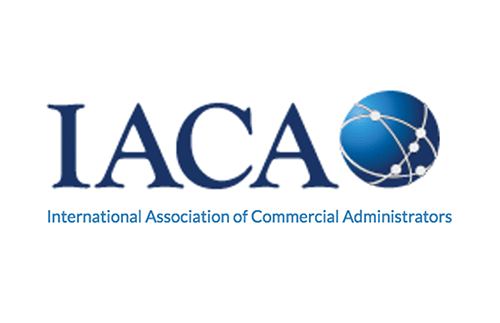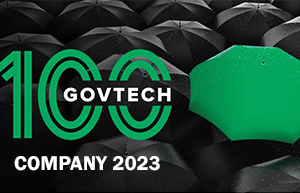aCalifornia’s Bureau of Automotive Repair (BAR) licenses and oversees hundreds of thousands of automotive repair dealers, smog check stations, and brake and lamp stations. Each of these many businesses across the state has to renew their licenses with BAR annually, which requires a wide range of company background, certification, and permit information, along with corresponding documentation.
In February 2024, BAR launched a new online registration renewal form for auto repair dealers (ARDs) across the state that would coexist alongside the agency’s existing paper-based application, the first product of its larger Enforcement and Licensing Modernization (ELM) initiative. By April, hundreds of ARDs had submitted renewals via the new digital option. Later in the year, BAR expanded online registration to smog check stations.
On Jan. 30, 2025, Rebecca Guile, a licensing supervisor at BAR, demonstrated the efficiency gains and ease of use of the new SimpliGov-powered online application at the agency’s Q1 advisory group meeting.
User-Friendly Navigation and a Heads-Up on Documentation
Guile began by accessing an in-progress ARD application from an autogenerated email from BAR.
“If [applicants] need to pause at any time during their application, and maybe revisit it at a later time, they can save, close the application, and then return to it at a time that’s convenient for them through that email link,” she said.
At the top of the application were clearly marked headers for each of its 11 sections.
“Our applications are all very user-friendly. The user can navigate through the application by going through the tabs at the top,” said Guile.
Users start at the first tab, the Information section, a checklist that apprises applicants of the documents they will need to attach to their submissions.
“It gives them a chance to kind of see what we’re going to be asking and gather those [documents], because they will have to digitally upload [them],” Guile noted.
Conditional Logic for Different Types of Businesses, Owners, and Backgrounds
It’s in the next tab, the Business section, that users select the type of automotive repair shop they are representing (e.g., brake and alignment, auto body, air conditioning service, etc.) and provide basic contact and location information, which includes an integration with Google Lookup to prepopulate business addresses.
In the ensuing Ownership section, users select whether the applying organization is a sole proprietorship, corporation, limited liability corporation (LLC), limited partnership, or partnership. It is in this section that Guile exhibited SimpliGov’s conditional logic; additional fields or document upload buttons appeared with “yes” answers to yes/no questions, such as “Is this application related to a change of ownership?” Guile’s demonstration centered around a hypothetical “corporation,” but it was revealed later in the meeting that BAR had to heavily customize the conditional logic for each business type. For example, LLCs need to provide information related to their filings with the Secretary of State that aren’t required of other categories of businesses.
Easy Upload of Certifications and Permits
After quickly running through the form’s Administration, Background, and Military/Resettlement sections, Guile moved to a “Certification” tab where users are prompted to divulge any special designations earned from the National Institute for Automotive Service Excellence, the Inter-Industry Conference on Auto Collision Repair (I-CAR), original equipment manufacturers (OEMs), and other post automotive educational institutions.
Similarly, the next section collected data and documentation around industry permits. Guile noted that BAR used SimpliGov to customize options for many of these permits and licenses; most notably, the agency allows companies to note that their business licenses and hazardous waste permits are “pending” since it takes a long time to secure those documents.
Corrections, Payment, and Electronic Signatures
Throughout Guile’s completion of the application, the SimpliGov form immediately flagged and highlighted incorrect or incomplete required fields.
“As you can see, it’s user-friendly. So I missed the digit. It kind of gave me a red pop-up, like, ‘Hey, you forgot something,’” Guile noted. “Anytime you encounter an error in the application, it kind of draws your attention to that area where you made the error, and it will make you go back and correct it. It’s really helpful in this online platform, because it does decrease the amount of deficiencies that an application is submitted with.”
Once all fields were filled in correctly, Guile was able to confirm her willingness to pay the nonrefundable application fee at the Payment tab, which prompted another autogenerated email containing a link where she could complete the transaction. A subsequent email takes applicants to a page where they can take one last look at the information they submitted and verify that everything is correct before using the SimpliSign eSignature solution to sign off on the submission.
“The applicant will receive an email copy of the ARD application with the documents that they signed for their records, and [the submission] now made it to the licensing staff for further review,” said Guile, before adding that BAR staff can easily notify applicants of errors and/or request additional information through the SimpliGov platform, which relays emails to business owners. “It’s a pretty quick back-and-forth.”
The Handwriting on the Wall: The New Digital Process Eclipses the Old Paper Form
Guile would go on to demonstrate the smog check station application workflow, which had fewer tabs but similar use of conditional logic and document upload button features.
At one point, she informed the audience that BAR still accepts hand-completed forms for ARDs and smog check stations, but “even with those paper applications, we are migrating them onto this online platform. So when licensing does receive them, we will generally upload them,” she said. “This is a much more convenient, quicker way to get those resolved and keep the application moving forward in a quick manner without causing those delays by the post office and drafting up letters and emailing things back and forth.”
“You can imagine trying to read people’s handwriting,” Guile added. “It just delays things.”
In a post-demo Q&A session, Guile credited SimpliGov for its ability to tailor forms and workflows to fit the very specific needs of BAR and the automotive shops the agency serves.
“[The platform is] very flexible, and we have great support of our vendor. Things can be added, removed, modified as regulation changes. It’s pretty user-friendly,” she said.
Patrick Dorais, the chief of BAR, concluded the presentation by praising his staff’s efforts to design, test, and unveil these forms “on time and on budget.”
“That’s really kind of unheard of, and it’s tough to do,” he said. “[I’m] really proud of everything that the teams did to pull this off.”
Learn more about how SimpliGov delivers an easy user experience and greater efficiency for automotive-specific licensing processes, as well as the many ways the platform improves operations for DMVs and departments of transportation.

